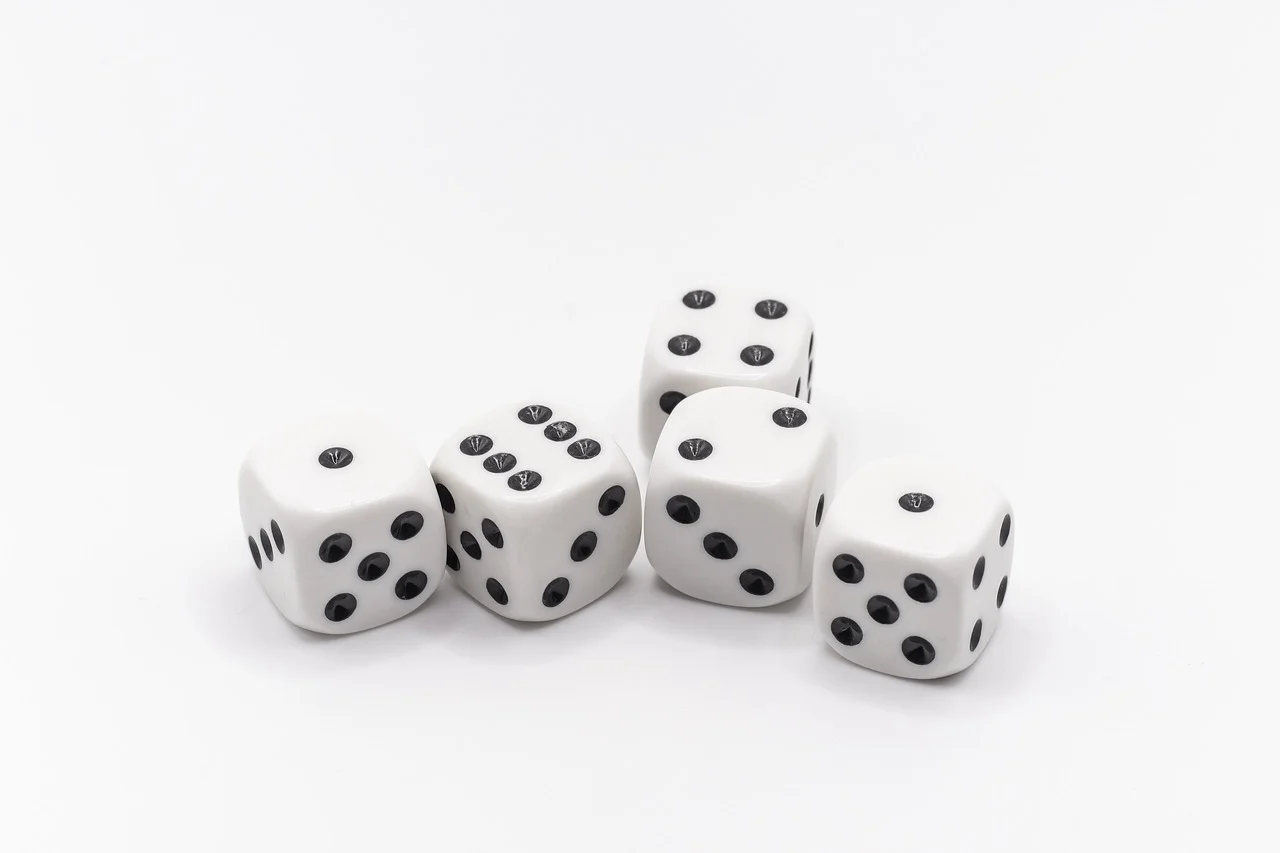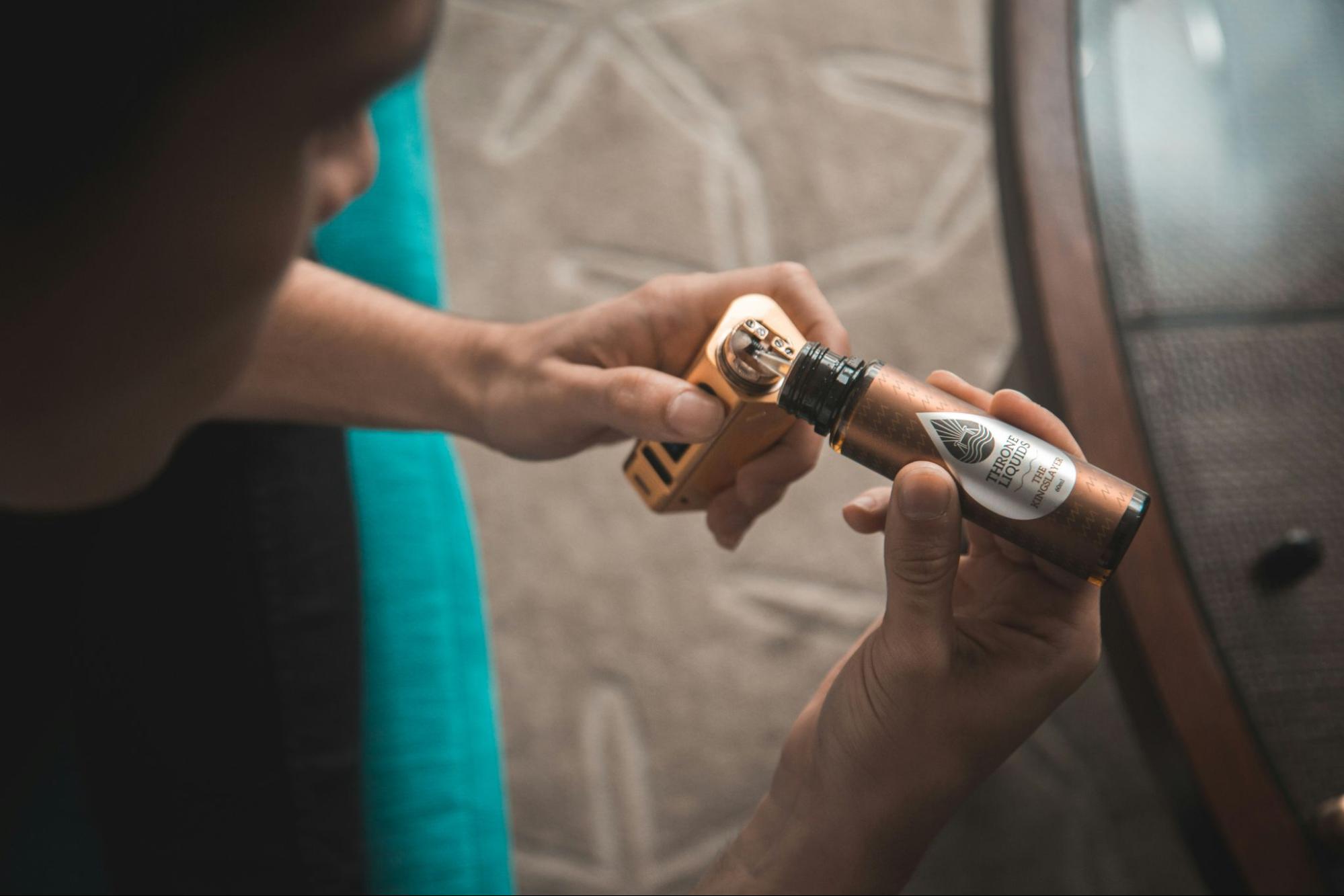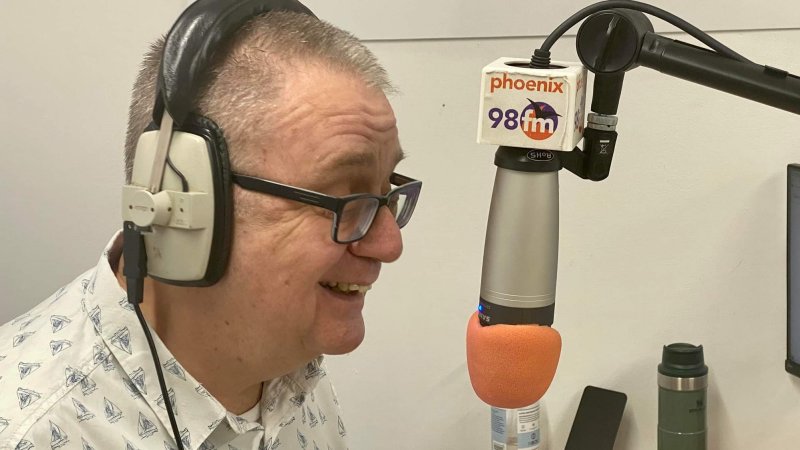These days, trying to figure out which news stories are true and which ones are false can be intimidating. Even though it takes a little bit of extra effort, it is worth investigating whether or not a story is true rather than blindly believing it. There is, of course, a place for opinion-based reporting which can be found on an anonymous news website “The Doe”, which is openly based on opinion, the difference with fake news is that the implication is that is it is based on fact. The six tips below will help you identify fake news, keeping you from getting duped by false or inaccurate stories.
1. Think Critically When Evaluating News Stories
Part of what makes fake news so effective is that the stories are usually easy to believe. False news stories are commonly written to shock people or to create outrage.
To avoid getting sucked in by these types of stories, try to avoid responding to them emotionally. Rather, view the stories through a critical lens so that you can determine whether or not they are accurate.
Some of the questions you might want to ask include:
– What is the purpose of this story?
– Does it seem like it is trying to push me toward a specific mindset or viewpoint?
– Is it promoting a product or service?
– Does the story ask me to click to another page or website?
2. Verify That The Source Is Reliable
Anytime you stumble across a news story that was published by an outlet that you aren’t familiar with, try to learn more about them. Is the publisher a well-respected news agency or is it an independent blogger?
Another way to spot questionable news outlets is by checking the URL of their website. If their domain name has a strange extension like .info or .offer, it could be a red flag. Typically, the most trusted news sources have common domain extensions like .co.uk or.com.
If you heard the news from someone else rather than reading it online, think about the personality and reputation of the person who shared it with you. Are they knowledgeable about the subject? Are they prone to exaggeration?
Recommendation:
Check with trustworthy fact-checking websites like Snopes to see whether or not a story is true.
3. Check If The Story Is Being Reported By Other News Organizations
Try checking with popular news organizations such as the BBC, CNN news, or Reuters. These organizations all verify their information carefully before publishing it. If no major news networks are reporting the information, there is a high likelihood that it is fake or inaccurate – especially if it is major news that seems like it should have been covered by these publications.
When checking other sources, use caution. The groups and individuals responsible for spreading fake news often create websites or fake newspapers that look like trustworthy publications even though they aren’t.
For instance, imagine that you come across a story that seems a little bit strange but shows that it was published by CNN. To verify whether or not it is accurate, go to CNN’s homepage to see whether it is actually published on their site.
4. Take A Look At The Facts And Evidence
Trustworthy news publications almost always include factual evidence in their stories. This includes quotes from well-known experts, statistics from well-respected organizations, or other verifiable facts. If you can’t find this type of information in the article or if you have never heard of the expert that is quoted, the article may be suspect.
Also, make sure that the evidence in the article backs up the point that it is trying to make. With fake news, publishers sometimes try to twist the facts to make them fit a specific worldview.
5. Look For Images That Have Been Altered
Today, photo editing tools are more advanced than ever, making it easy to create fake images that look exceptionally real. Sadly, researchers have found that only about half of all people can identify fake images.
When looking at an image, however, there are some dead giveaways that you can try to spot. Verify that the shadows in the image are all facing the same direction. Look closely at the edges of the photo next to a person or figure. If they are rough or jagged, it could have been pasted on top of another image. You can also try using Google’s Reverse Image Search to see if the image has been changed.
6. Trust Your Instincts
If you read a story that is outlandish or hard to believe, it most likely isn’t true. It is important to remember that the goal of fake news is to tap into your existing fears and biases. Even if you agree with the viewpoint of the article, you should view it with caution if it seems unlikely or unreasonable.
For instance, if you read an article that says that one of your favorite high-end designers is giving away free dresses to the first million people who visit one of their boutiques, you probably should question the story. Similarly, if someone at work tells you that they believe that a couple of your coworkers are having an affair with each other, you shouldn’t automatically believe it without proof.


































